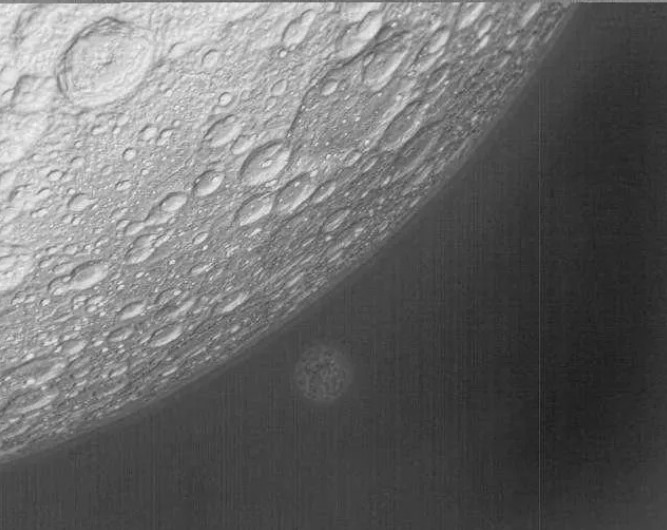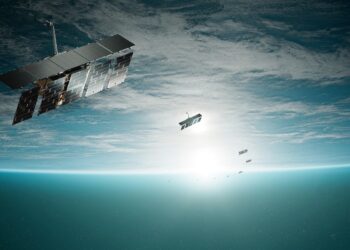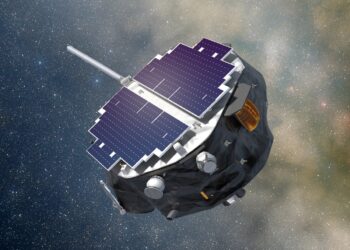HELSINKI — The Queqiao-2 satellite has completed function and performance tests in lunar orbit, clearing China to launch its upcoming lunar far side sample return mission.
Queqiao-2 completed on-orbit communication testing in recent days, the China National Space Administration (CNSA) announced April 12.
The spacecraft conducted successful communication tests with Chang’e-4 mission spacecraft on the far side of the moon April 6. This was followed by a test April 8-9 Beijing time with the Chang’e-6 spacecraft back on Earth, which is yet to launch.
Confirming the operation and performance of Queqiao-2 is the final step before China launches its complex Chang’e-6 mission. The planned 53-day is a more ambitious follow-up to the 2020 Chang’e-5 sample return mission which collected 1,731 grams of lunar material from the moon’s near side.
Chang’e-6 now appears set to launch May 3 according to airspace closure notices. The mission aims to collect up to 2,000 grams of rock samples from Apollo crater on the lunar far side.
That hemisphere of the moon never faces the Earth due to tidal locking. Queqiao-2 has thus been deployed to enable the pioneering mission by relaying signals between ground stations and Chang’e-6 on the lunar far side.
If successful, Chang’e-6 would deliver lunar material to Earth. Analysis of these could provide new insights into the history of the moon and the differences between its near and far sides.
China launched the Queqiao-2 lunar communications relay satellite March 19 on a Long March 8 rocket. The spacecraft entered lunar orbit March 24 and realized its intended elliptical, 24-hour-period orbit April 2.
Also aboard the Queqiao-2 launch were a pair of smaller spacecraft named Tiandu-1 and Tiandu-2. The CNSA statement confirmed the pair separated from each other in lunar orbit April 3.
The duo are now conducting a series of communication technology verification tests. The experimental…
Read the full article here



